Details
Pure colors and reflection-free surfaces
Bright white clouds against a deep blue sky or rich fall colors are no coincidence. Polarizing filters, known as polarizing filters for short, enhance the purity of inherent colors and increase color saturation. Polarizing filters are among the most important filters in analog and digital photography. They can be rotated in the mount; this allows the erasing effect to be visibly adjusted in the viewfinder or on the display. The extension factor is two to three f-stops.
Maximum effect is achieved in landscape photography at a shooting angle of 90° to the sun. For a uniform effect in the picture, the focal length should not be less than 35 or 28 mm in 35 mm format because of the uneven polarization of the sky light. In general, reflections can be completely suppressed in the ideal case with the help of a correctly oriented polarizing filter. Ideal case here means that illumination angle and shooting angle are approximately the same and correspond to the angle of maximum polarization, usually 30° to 40°.
The second useful effect of polarizing filters is the reduction of reflections on non-metallic surfaces (water, shop windows, paint). Objects behind them, even writing behind reflective paint, become recognizable again. A fascinating image enhancement without image processing.
B+W polarizing filters are manufactured in various versions, both as linear and circular polarizing filters. Both are identical in their effect, but take into account differently constructed measuring systems of the cameras.

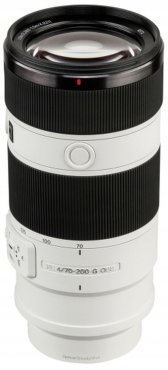
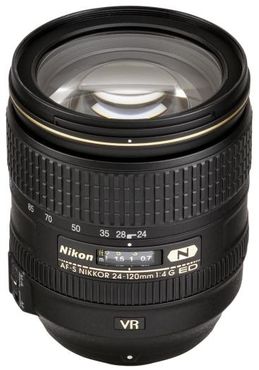
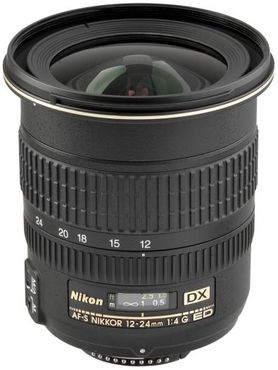
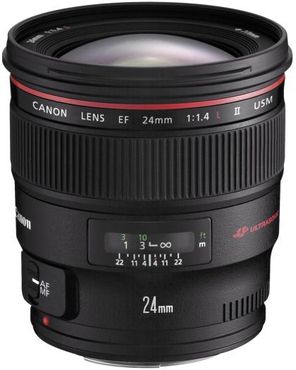
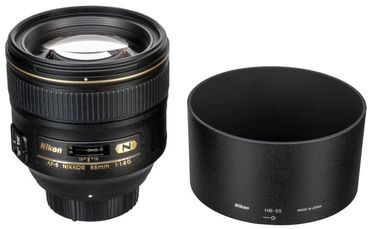
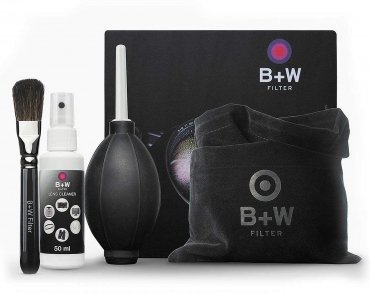
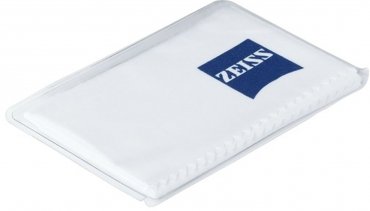
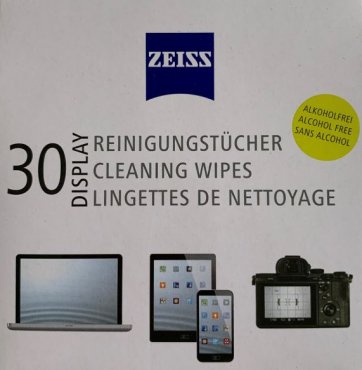
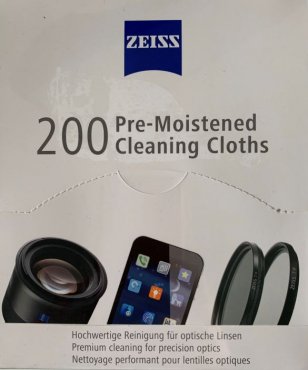
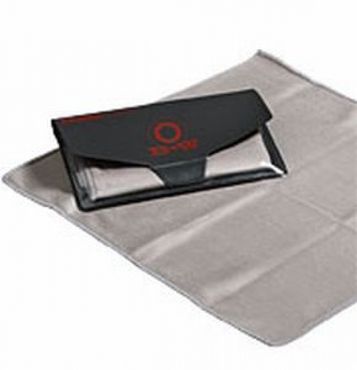
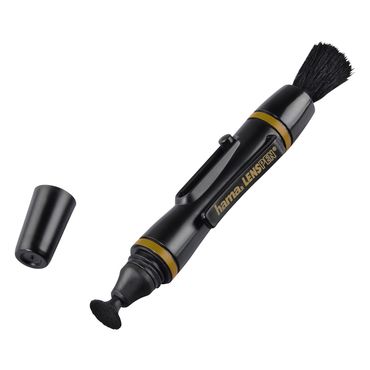
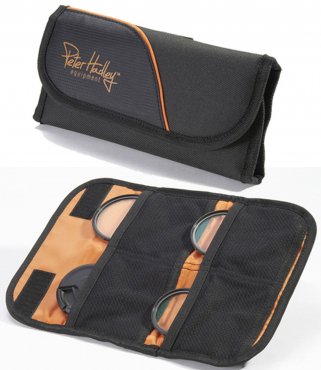
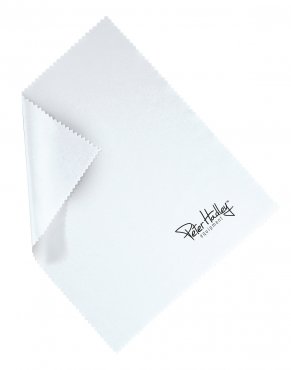
Simply subscribe and benefit as a newsletter recipient every week: